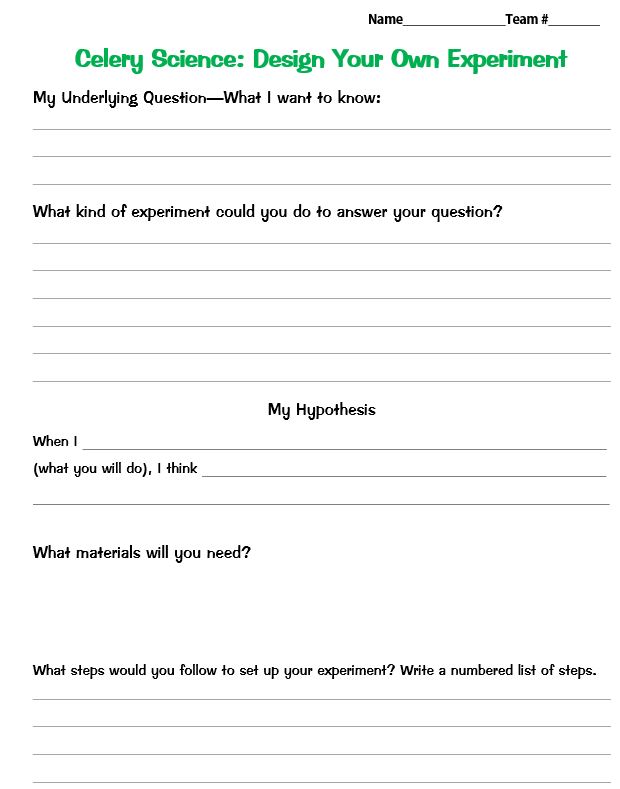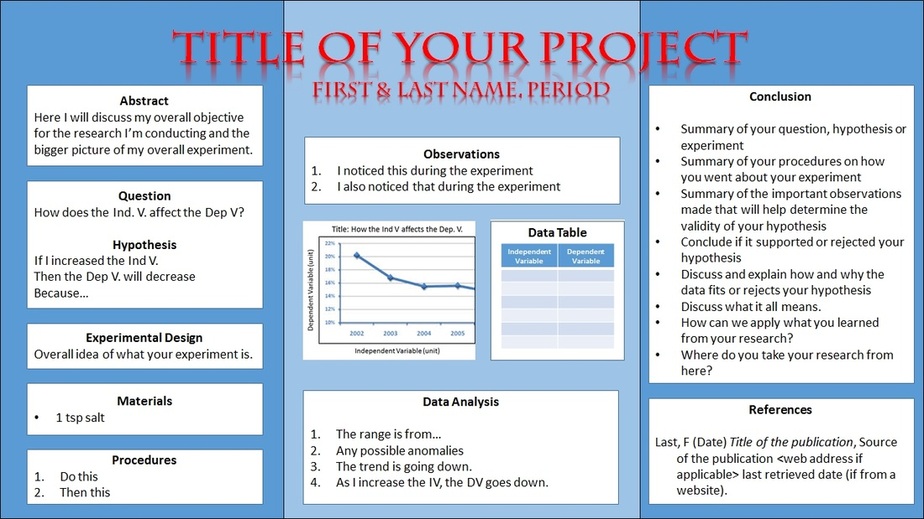

Between 1589 and 1592,[1] the Italian scientist Galileo Galilei (then professor of mathematics at the University of Pisa) is said to have dropped two spheres of different masses from the Leaning Tower of Pisa to demonstrate that their time of descent was independent of their mass, according to a biography by Galileo's pupil Vincenzo Viviani, composed in 1654 and published in 1717.[2][3]:19–21[4][5]
According to the story, Galileo discovered through this experiment that the objects fell with the same acceleration, proving his prediction true, while at the same time disproving Aristotle's theory of gravity (which states that objects fall at speed proportional to their mass). Most historians consider it to have been a thought experiment rather than a physical test.[6]
Galileo's experiment[edit]
At the time when Viviani asserts that the experiment took place, Galileo had not yet formulated the final version of his law of free fall. He had, however, formulated an earlier version which predicted that bodies of the same material falling through the same medium would fall at the same speed.[3]:20 This was contrary to what Aristotle had taught: that heavy objects fall faster than lighter ones, in direct proportion to their weight.[3]:9[7] While this story has been retold in popular accounts, there is no account by Galileo himself of such an experiment, and it is accepted by most historians that it was a thought experiment which did not actually take place.[8][9] An exception is Stillman Drake, who argues that it took place, more or less as Viviani described it, as a demonstration for students.[3]:19–21, 414–416
Between 1589 and 1592, the Italian scientist Galileo Galilei (then professor of mathematics at the University of Pisa) is said to have dropped two spheres of different masses from the Leaning Tower of Pisa to demonstrate that their time of descent was independent of their mass, according to a biography by Galileo's pupil Vincenzo Viviani, composed in 1654 and published in 1717.
Galileo set out his ideas about falling bodies, and about projectiles in general, in his book Two New Sciences. The two sciences were the science of motion, which became the foundation-stone of physics, and the science of materials and construction, an important contribution to engineering. Galileo arrived at his hypothesis by a famous thought experiment outlined in his book On Motion.[10] This experiment runs as follows: Imagine two objects, one light and one heavier than the other one, are connected to each other by a string. Drop this system of objects from the top of a tower. If we assume heavier objects do indeed fall faster than lighter ones (and conversely, lighter objects fall slower), the string will soon pull taut as the lighter object retards the fall of the heavier object. But the system considered as a whole is heavier than the heavy object alone, and therefore should fall faster. This contradiction leads one to conclude the assumption is false.
Other performances[edit]
A similar experiment took place some years earlier in Delft in the Netherlands, when the mathematician and physicist Simon Stevin and Jan Cornets de Groot (the father of Hugo de Groot) conducted the experiment from the top of the Nieuwe Kerk. The experiment is described in Simon Stevin's book De Beghinselen der Weeghconst (The Principles of Statics), published in 1586 and a landmark book on statics:
Let us take (as the highly educated Jan Cornets de Groot, the diligent researcher of the mysteries of Nature, and I have done) two balls of lead, the one ten times bigger and heavier than the other, and let them drop together from 30 feet high, and it will show, that the lightest ball is not ten times longer under way than the heaviest, but they fall together at the same time on the ground. (..) This proves that Aristotle is wrong.[11][12][13]
Astronaut David Scott performed a version of the experiment on the Moon during the Apollo 15 mission in 1971, dropping a feather and a hammer from his hands. Because of the negligible lunar atmosphere, there was no drag on the feather, which hit the ground at the same time as the hammer.
See also[edit]
- Terminal velocity (An object dropped through air from a sufficient height will reach a steady speed, called the terminal velocity, when the aerodynamic drag force pushing up on the body balances the gravitational force (weight) pulling the body down.)
Notes[edit]
- ^Some contemporary sources speculate about the exact date; e.g. Rachel Hilliam gives 1591 (Galileo Galilei: Father of Modern Science, The Rosen Publishing Group, 2005, p. 101).
- ^Vincenzo Viviani (1717), Racconto istorico della vita di Galileo Galilei, p. 606: [..dimostrando ciò con replicate esperienze, fatte dall'altezza del Campanile di Pisa con l'intervento delli altri lettori e filosofi e di tutta la scolaresca.. [..Galileo showed this [all bodies, whatever their weights, fall with equal speeds] by repeated experiments made from the height of the Leaning Tower of Pisa in the presence of other professors and all the students..].
- ^ abcdDrake, Stillman (2003). Galileo at Work: His Scientific Biography (Facsim. ed.). Mineola (N.Y.): Dover publ. ISBN9780486495422.
- ^'Sci Tech : Science history: setting the record straight'. The Hindu. June 30, 2005. Retrieved May 5, 2009.
- ^Vincenzo Viviani on museo galileo
- ^'El experimento más famoso de Galileo probablemente nunca tuvo lugar'. The Conversation. May 16, 2019. Retrieved May 17, 2019.
- ^Sharratt, M. (1994). Galileo: Decisive Innovator. Cambridge University Press. p. 31. ISBN0-521-56671-1.
- ^Groleau, R. (July 2002). 'Galileo's Battle for the Heavens'.
- ^Ball, P. (30 June 2005). 'Science history: Setting the record straight'. The Hindu.
- ^Van Helden, Albert (1995). 'On Motion'. The Galileo Project.
- ^Laet nemen (soo den hoochgheleerden H. IAN CORNETS DE GROOT vlietichste ondersoucker der Naturens verborghentheden, ende ick ghedaen hebben) twee loyen clooten d'een thienmael grooter en swaerder als d'ander, die laet t'samen vallen van 30 voeten hooch, op een bart oft yet daer sy merckelick gheluyt tegen gheven, ende sal blijcken, dat de lichste gheen thienmael langher op wech en blijft dan de swaerste, maer datse t'samen so ghelijck opt bart vallen, dat haer beyde gheluyden een selve clop schijnt te wesen. S'ghelijcx bevint hem daetlick oock also, met twee evegroote lichamen in thienvoudighe reden der swaerheyt, daerom Aristoteles voornomde everedenheyt is onrecht. In: Simon Stevin, De Beghinselen der Weeghconst, 1586.
- ^Asimov, Isaac (1964). Asimov's Biographical Encyclopedia of Science and Technology. ISBN978-0385177719
- ^E. J. Dijksterhuis, ed., The Principal Works of Simon Stevin. Amsterdam, Netherlands: C. V. Swets & Zeitlinger, 1955 vol. 1, pp. 509, 511.
Further reading[edit]
- Adler, Carl G. (1978). 'Galileo and the Tower of Pisa experiment'. American Journal of Physics. 46 (3): 199–201. Bibcode:1978AmJPh.46.199A. doi:10.1119/1.11165.
- Crease, Robert P. (2006). 'The Legend of the Leaning Tower'. In Hall, Linley Erin (ed.). The laws of motion : an anthology of current thought. Reprint of an article in Physics World, February 2003. (1st ed.). New York: Rosen Pub. Group. pp. 8–14. ISBN9781404204089.
- Segre, Michael (1989). 'Galileo, Viviani and the tower of Pisa'. Studies in History and Philosophy of Science Part A. 20 (4): 435–451. doi:10.1016/0039-3681(89)90018-6.
External links[edit]
[[Category:Thought experiments in ]
Do heavier objects fall faster? Newton observed the infamous apple falling from a tree, and drew important conclusions about the behavior of everyday objects under the force of gravity. In the case of a feather and a coin, one would believe that a feather will always fall more slowly to the ground, and the coin faster. However, as we will explore below, heavier objects do not always fall to the ground more quickly than lighter objects do! When dropped from the same height, objects fall to the earth at the same time when there is no major amount of air mass acting on them.
Let’s discover why this is!First, some background info: Mass, the quantity of matter an object contains, is (typically) constant in an object and does not change. In comparison, weight is the measurement of gravitational force being acted upon a particular object. Think about it this way: The mass of your body is the same on earth as it would be on the Moon, while your weight on earth would be much heavier here because the earth’s gravity is much stronger than the moon’s. This experiment aims to remove the variable of air mass acting on objects so we can measure the effect of gravitational acceleration produced by the earth’s gravity. Materials. 1 vacuum pump with tube and end caps (available at scientific supply stores). 1 feather.
1 coin. stopwatchProcedure. Assemble vacuum pump but do not turn it on.
Leaving the pump lying horizontal, place a feather and a coin in top end of the pump. Turn the pump vertically and record your observations. Return the feather and the coin to the top of the vacuum pump. Seal both ends of the vacuum pump. Turn the pump on to remove the air. Now, turn the pump vertically and record your observations.Observations & ResultsThe vacuum created an airless chamber for both items to fall freely.
You should have noticed that the second time you dropped the feather and the coin, they both fell together at the same speed. Why?Gravitational acceleration was constant both times you dropped the items. The only difference from one trial to the next was the presence of air mass acting upon the feather: because the feather is an object of low density (it has a low ratio of mass to volume), the feather encounters more drag as it falls through the air. By removing most of the air, the feather should fall the same speed as the denser penny. ConclusionThis experiment shows us that weight does not determine the rate at which something falls—only air resistance does. Try other things in the tube: a paper clip and a cotton ball, a crayon and a small leaf. Disregarding air resistance, can you believe a piano and pea would hit the ground at the same time if dropped from the same height?
Disclaimer and Safety PrecautionsEducation.com provides the Science Fair Project Ideas for informationalpurposes only. Education.com does not make any guarantee or representationregarding the Science Fair Project Ideas and is not responsible or liable forany loss or damage, directly or indirectly, caused by your use of suchinformation. By accessing the Science Fair Project Ideas, you waive andrenounce any claims against Education.com that arise thereof. Cafe life game download.

In addition, youraccess to Education.com's website and Science Fair Project Ideas is covered byEducation.com's Privacy Policy and site Terms of Use, which include limitationson Education.com's liability.Warning is hereby given that not all Project Ideas are appropriate for allindividuals or in all circumstances. Implementation of any Science Project Ideashould be undertaken only in appropriate settings and with appropriate parentalor other supervision. Reading and following the safety precautions of allmaterials used in a project is the sole responsibility of each individual.
Forfurther information, consult your state's handbook of Science Safety.